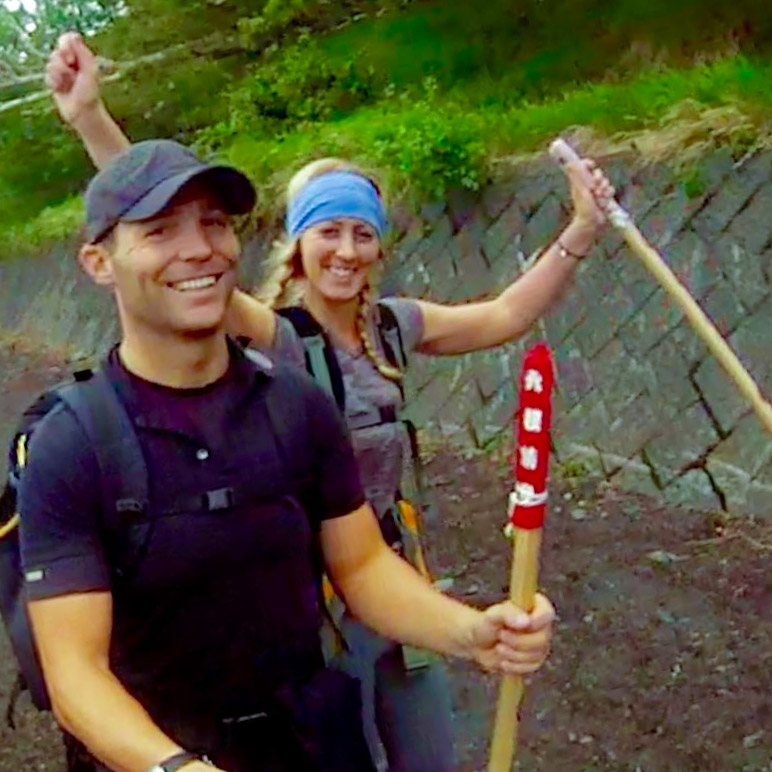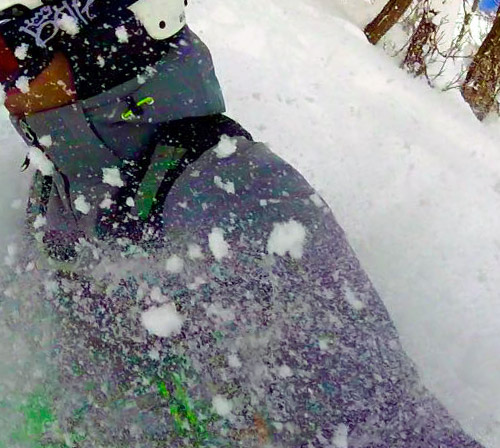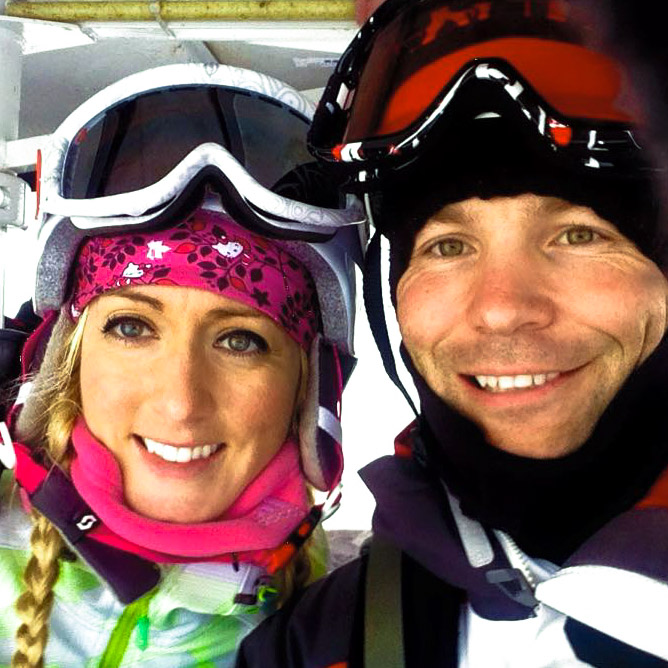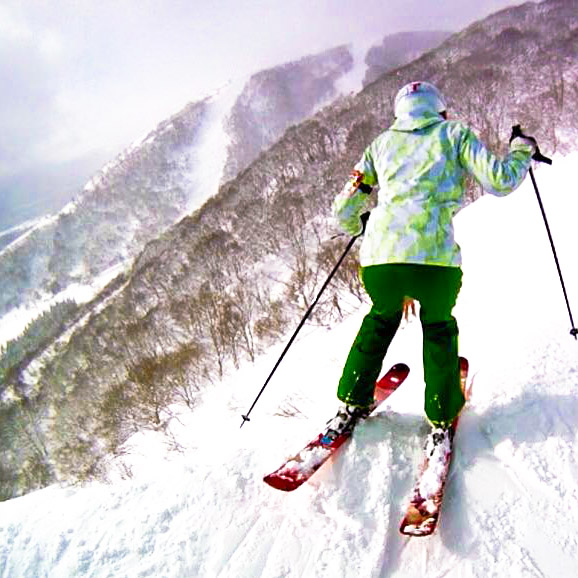There is a lot to know and plan for when climbing Mt. Fuji; at 12,389 feet it is the highest point in Japan. Though it doesn’t involve too much mountaineering and you don’t have to be an expert, it does require a good plan. Weather, money and oxygen sickness can compromise your experience if you are unprepared.
Though you can go other times of year, the official climbing season is from the beginning of July to the middle of September. During the official season, the mountain huts are open, public transportation is running, and snow has mostly melted. If you do choose to go outside of the official season, the summit can be treacherous due to snow and avalanche risk. Furthermore, you will need to submit a plan to the Japanese government. Due to all of the challenges outside of the official season, your best bet is to find a good time between July and September to make the climb.
Weather and crowds are the primary considerations you should think about when choosing a date to climb Fuji. Climbing in early July, crowds are lighter than later in the season but the weather is more cold and unpredictable. My husband Matt and I went the opening weekend on the Fourth of July and the severe rain and wind caused many climbers to turn around. We were lucky that there was available lodging at a hut on the seventh station as the 8th station hut we had reserved was unreachable that day due to bad weather. It cleared up enough by the next morning and we were able to reach the summit. However, it could have easily been a situation that resulted in a major letdown in us not reaching the top of Fuji. The second day when the weather cleared and it was Saturday, larger crowds did slow us down somewhat. The best way to avoid crowds is to hike during the week if possible. Nicer weather and the Japanese school holiday starting around July 20th bring larger crowds as well.
Bottom line: If you climb at a busier time, you may have to climb more slowly and huts will be reserved more in advance but you can still reach the top of Fuji. Weekdays are your best bet for a less crowded climb and early season weather is risky. Be as flexible as possible with timing of sleep as weather, crowds and your desired time to summit can affect your climb.

Mountain Huts
Though using the mountain huts for sleeping is completely optional and you can hike straight up and down, I recommend timing your hike to sleep in a hut for a couple reasons. Even if you are in shape, due to the elevation you will probably feel a little short of breath and have a higher heart rate than expected. Sleeping in a hut allows your body to acclimate before you summit. Furthermore, it allows you to summit at sunrise if that interests you; many hikers find that it is a beautiful experience to watch the sun rise from the top of Mt. Fuji. Additionally, most days the view is clearer in the morning than later in the afternoon making it more ideal to be at the peak in the morning or around sunrise.

You can get a hot dinner of curry or other local food in the huts and get to know some fellow hikers and friendly Japanese locals. Overall, I found it made for a more cultural experience to spend the night in a hut. We made Japanese friends drinking beer around the fire and learned Japanese chess under their instruction. Making a reservation is important for busy times, weekends and when the weather is nice due to increased traffic. You can generally put down a small deposit to reserve your spot and if your plans change or you want to stay elsewhere it’s not a huge loss.
How To Get There
If you are on a tour, this should be taken care of for you. Otherwise, you will need to take trains and buses from the Shinjuku Station in Tokyo. This website is the best for planning your trains and buses. We took two trains and one bus to get to the fifth station start and back. The first train was between Shinjuku and Otsuki, the second train was between Otsuki and Kawaguchiko, and the bus went from Kawaguchiko to the fifth station. Though you can drive if you think this is all too difficult, there are times when driving and parking is not permitted. Be sure to know the bus and train schedules so you don’t miss the last train or bus of the day. Costs are noted below.
I am going to assume you are hiking Fuji Yoshida the most popular trail route if you are reading this. It starts at the Subaru fifth station at an altitude of 2300 meters and is the easiest route to the Fuji summit. There are three other routes to the summit which are advanced and require more knowledge and technical experience. They are more geared for people who have done Fuji a few times already. Most people start at the fifth station of the Yoshida trail because up to the fifth station (stations zero to five) is largely a 14 km hike through the woods up to Fuji.
Equipment to Bring:
- Food (Clif bars and sports gels, enough for a few small meals/person)
- Water (you can buy it on the mountain but it is expensive)
- 50-60 liter hiking backpack with chest and waist straps
- Waterproof hiking boots
- A couple pairs of good socks
- Plastic bags (bad weather may necessitate them to keep things dry, also for trash)
- Rain gear (waterproof pants and raincoat)
- Layers of clothing (you will want 1-4 layers approximately depending on weather and altitude-one at the base and about 4 on the summit)
- Gloves (a couple of pairs to layer)
- Warm hat
- Flashlight headlamp
- Yen (see below for estimated costs)
- Hiking sticks (may be purchased at the bottom for 1200 yen, a very cool souvineir)
- Sunglasses
- Oxygen (optional)
- Ibuprofen (optional)
Total cost estimate:
- 200 yen per person per bathroom break
- 6000 yen: food + drinks (enough for a couple bowls of ramen, some snacks and drinks)
- 4500 yen: stick + branding at huts
- 7000 yen: lodging in hut for one night + one meal
- 5000 yen: train + bus fare to get there and back to Tokyo
Totals: 23000-24000 yen per person if staying in hut with dinner or 16000-17000 yen without a hut stay

Itinerary Options:
There are a few things to think about when timing your hike.
- Your ride to and from Fuji. If you need to catch a bus back to Tokyo, you need to ensure you get down in time to catch the bus back (the last one is around 4-5pm)
- Do you want to see the sunrise from the peak of Fuji, a unique Japanese experience in the Land of the Rising Sun?
- Do you want to walk around the crater which adds about an hour to ninety minutes?
- Do you want to stay in a hut? Pros: unique Japanese experience, acclimate to the altitude, get some sleep and a good meal. Cons: If it’s crowded and noisy you could have a hard time sleeping, adds extra expense.
Option One: Head to Fuji from Tokyo in the morning (3-4 hours) and get some lunch at Station Five. Start midday, hike for 3-4 hours to a hut where you can sleep and get dinner. At this point, you can choose to wake up around midnight to 2 am depending how far you are from the summit to see the sun rise from Fuji’s peak or sleep for a few hours extra and get to the top a little later. Just make sure you are back for your bus or ride to Tokyo at an appropriate time.
We did this and had a very good experience, highly recommended. Be sure to bring enough yen for the hut stay. Total time was a little less than 24 hours with several hours of sleep and more rapid hiking.
Option Two: Start in the morning, hike up Fuji and back down in the same day. In order to do this, you should be to Fuji early and probably stay in the area of Fuji the night before as it takes 3-4 hours from Tokyo to get there. This option saves some money as you don’t stay in a hut but could contribute to altitude sickness and I think you miss out by not staying in a hut. Also, you won’t see the sunrise at the peak and visibility can be not as good in the afternoon.
You could get up and down in probably 9-10 hours at a more rapid pace. If crowds are large the lines for the stick burning and more technical areas will slow you down and I would plan 11-12 hours. If you plan to take a bus afterward, make sure that you know the times and can make it back.
Option Three: Start at around 8-9 pm, hike through the night and summit at sunrise. For those of us who need a bit of sleep this one is rough but it would be a challenging and unique experience to hike Fuji in the dark (with a headlamp). This is a pretty popular option as well and seems to be recommended by many.
Given the dark it would be hard to hike rapidly through the more technical parts and would probably take 11-12 hours but there should be no line for burning sticks or traffic on the slower areas.

What to Expect:
Mt. Fuji is a volcano so it is a rocky hike and climb with few trees around making it seem a bit like a wasteland. Most of the time on the trail is very moderate exertion with a few short areas of mountaineering. With 200,000 people visiting over the course of about 70 days, Fuji is busy, expect some waits especially on the weekend. Physically, expect the altitude and lack of oxygen to bother you a bit; if you try to over exert yourself and go faster than maybe you should (as I did), you may experience some shortness of breath.
The hike will take several hours on the way up depending on crowds, weather, and if you stop at the huts for them to burn your stick or to take a break. The hike down is a few hours and the descending route is a good idea because it does allow you to avoid the crowds on their way up which is helpful for everyone. Also, it is a bit faster and easier, though perhaps dull; you will probably want to be done and get some ramen and out of your hiking boots at this point.
Even athletes who work out regularly may find that they are sore in unexpected places. For example, my hip flexors and ankles got sore. Even with the best hiking boots, you will probably end up with a few blisters as well. Some ibuprofen and finding a hot shower or onsen (there are some available nearby if you choose to look into it) will do wonders.
Taking the time ahead of time to pack properly and plan your travel well will make for a much better experience. The most important thing however is to have a good attitude and expect yourself to make the summit. Do these things and you will have a unique Japanese experience that you will treasure for the rest of your life.
Mt. Fuji

About Seattle Sweats
We are Matt and Justine, friendly Seattle-based adventure junkies. Things that we love include adrenaline, fresh air and a good thigh burn. Seattle Sweats is our collaborative documentation of exploring the Pacific Northwest and all of the funny, beautiful and sweaty things that happen along the way. We hope you will use our website to inspire yourself to get outside and enjoy the sweaty life. Learn More –>

Leave a Reply